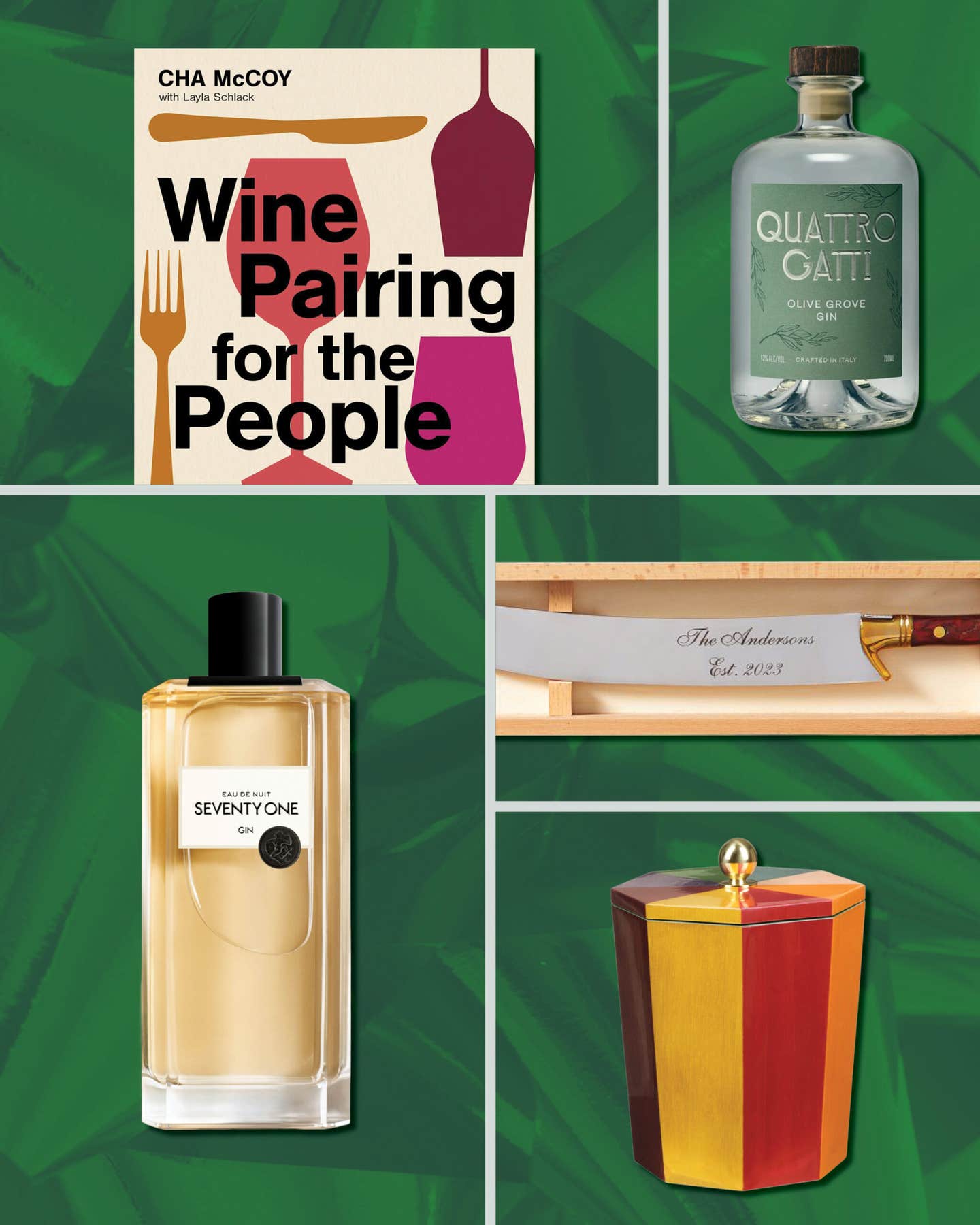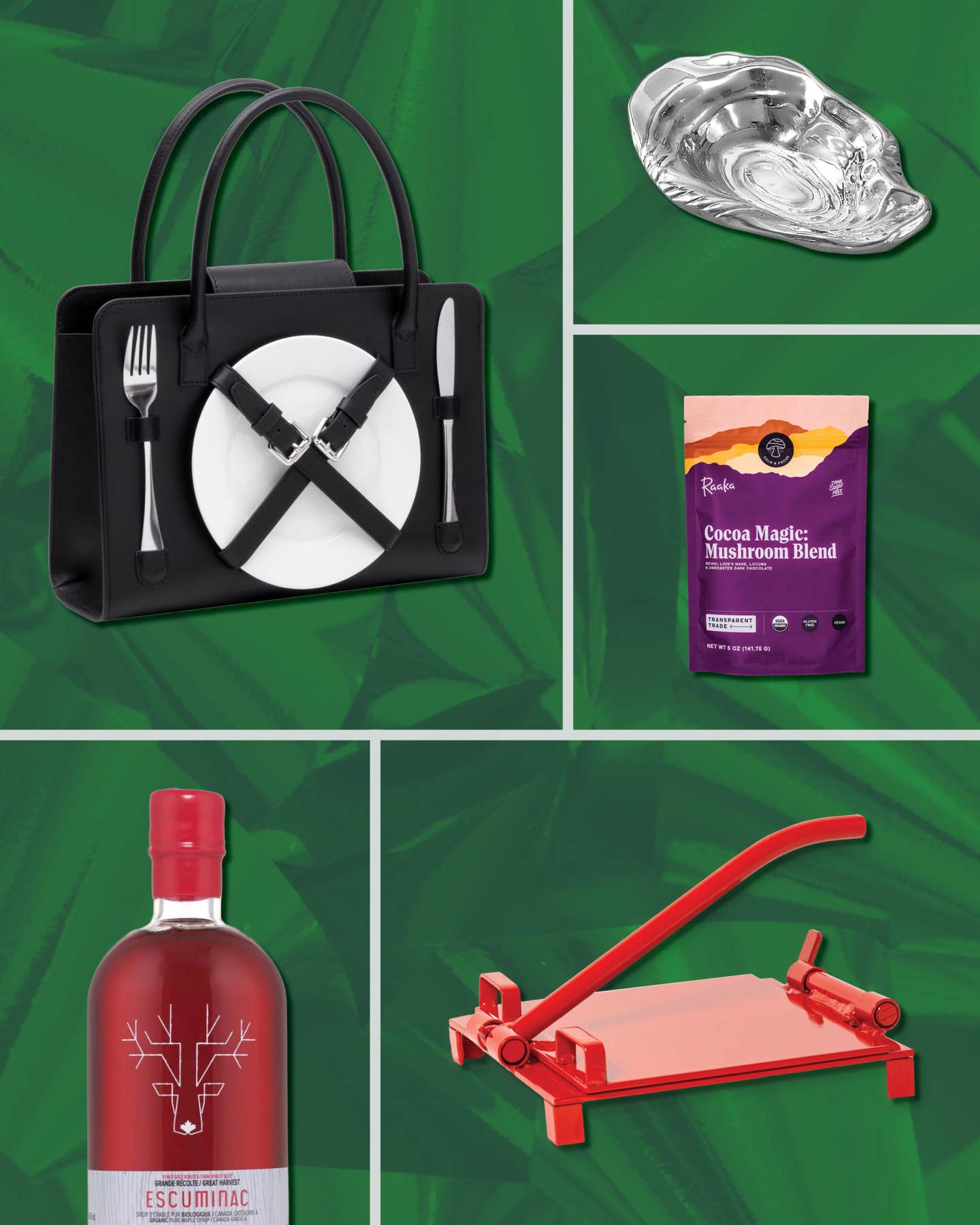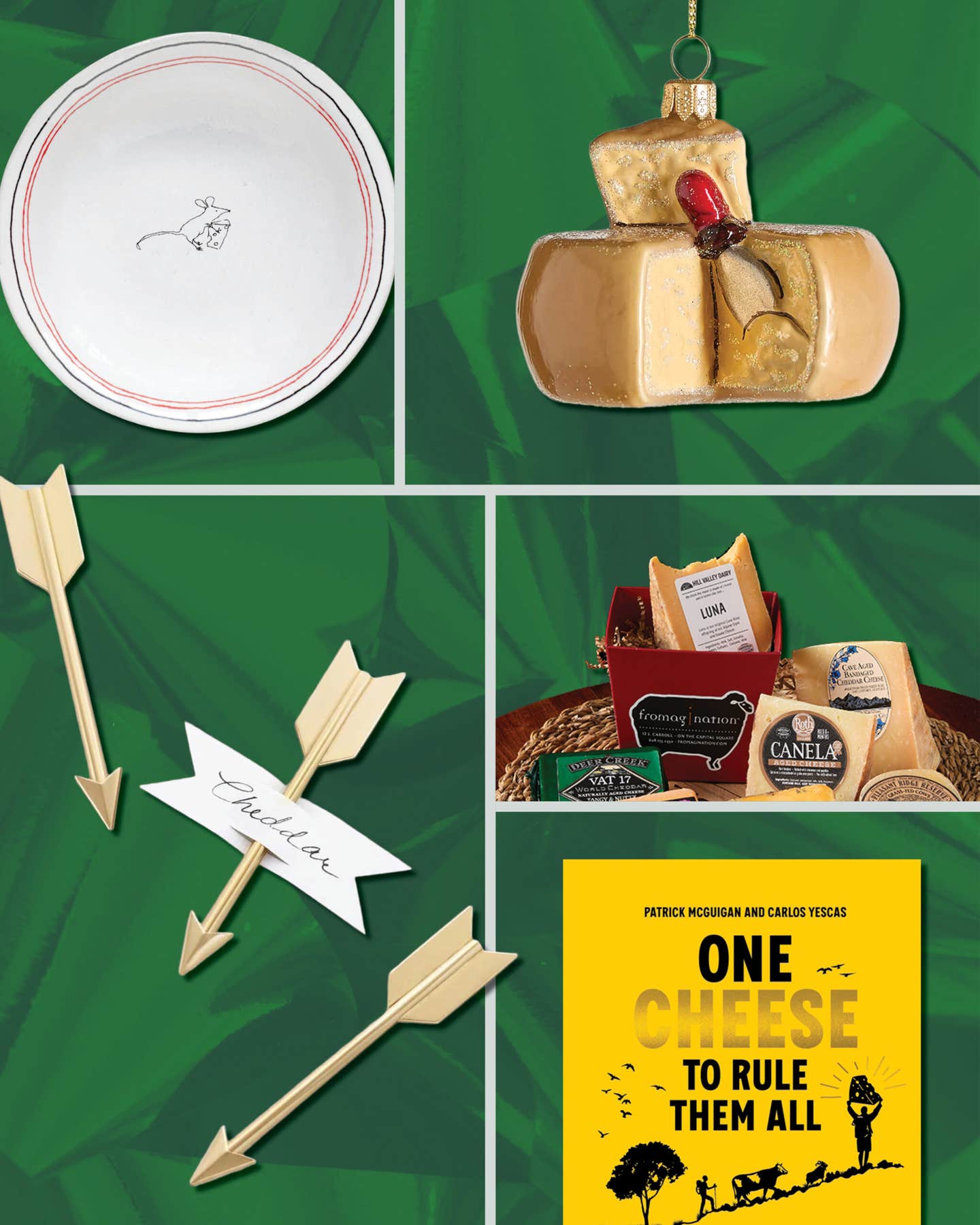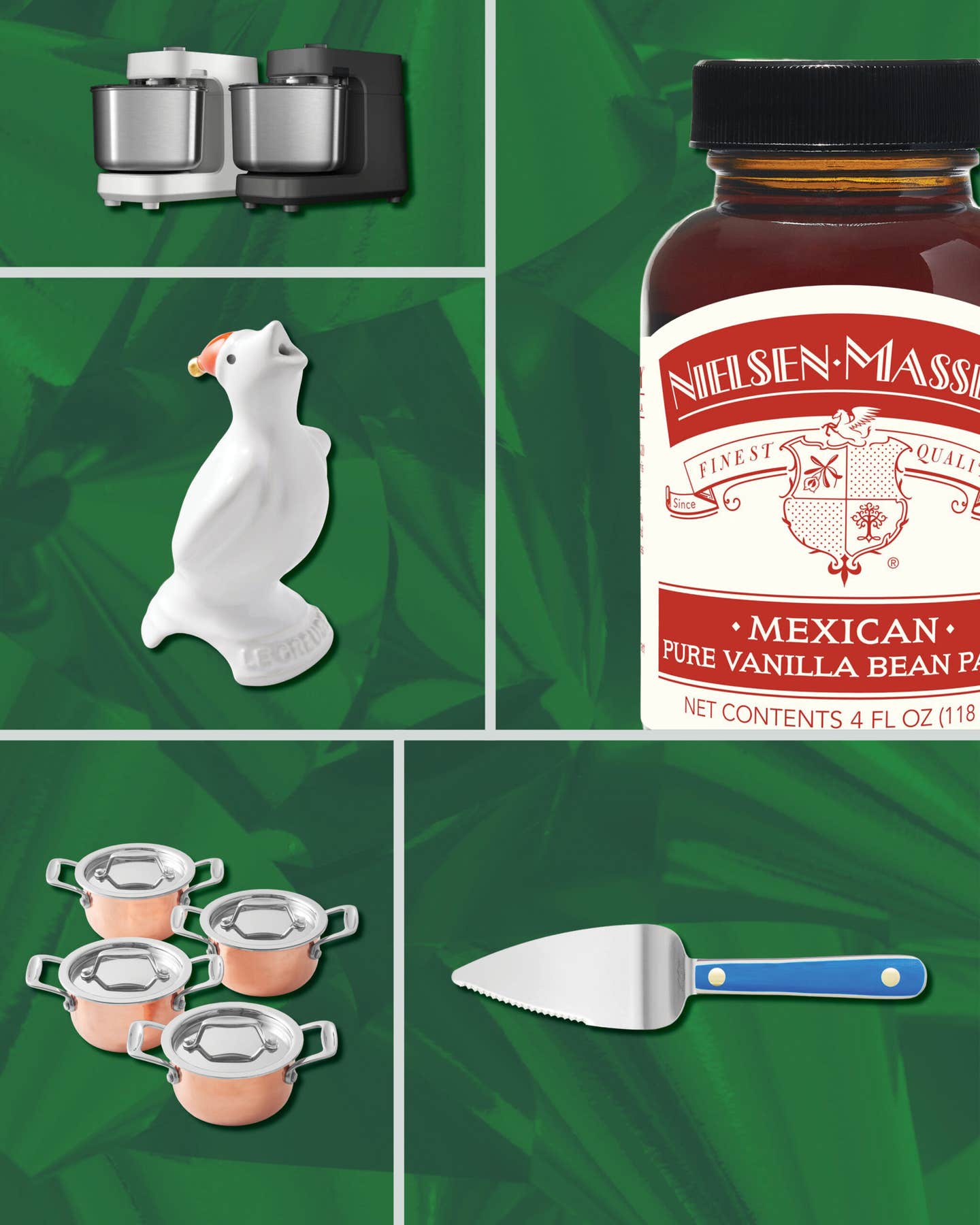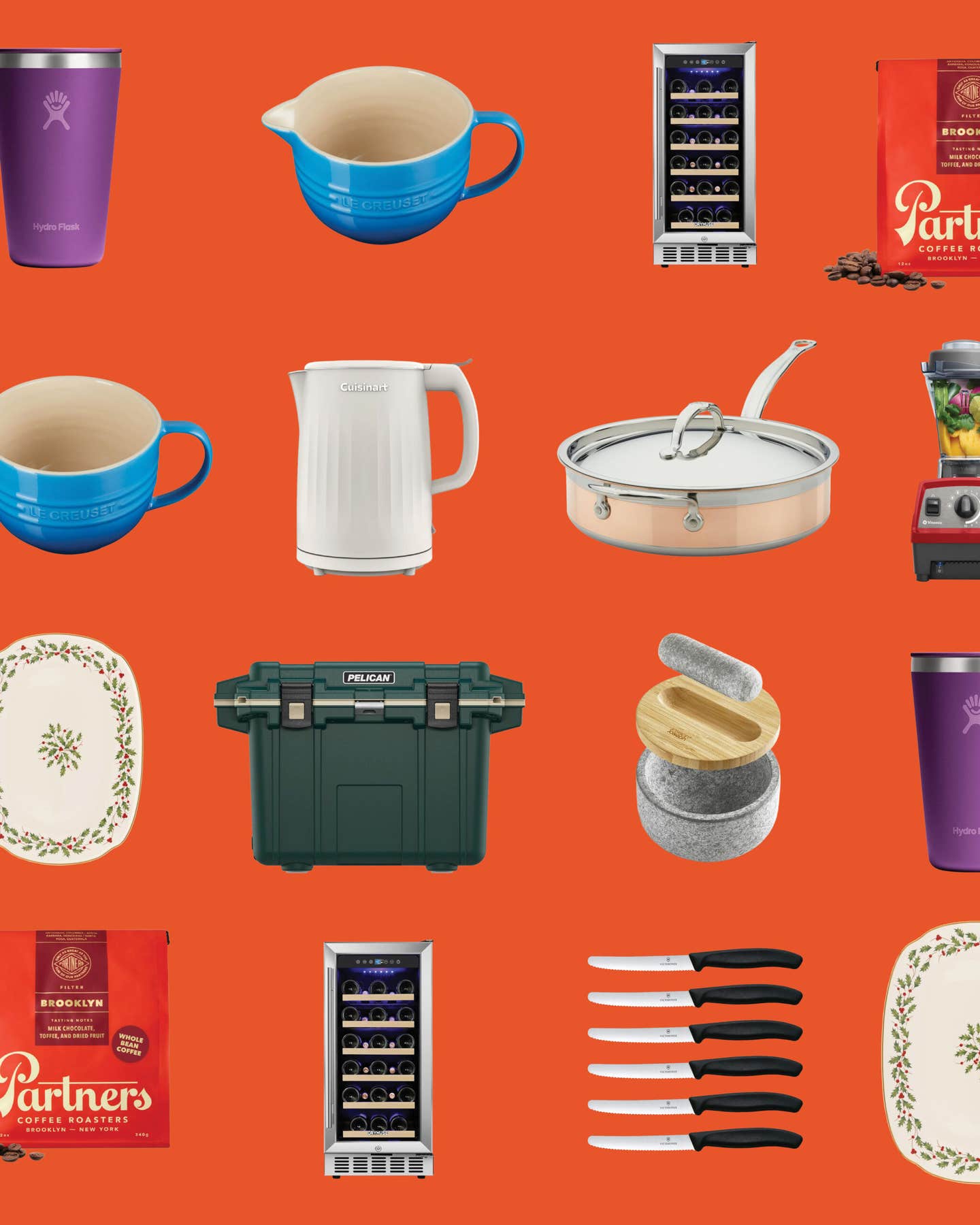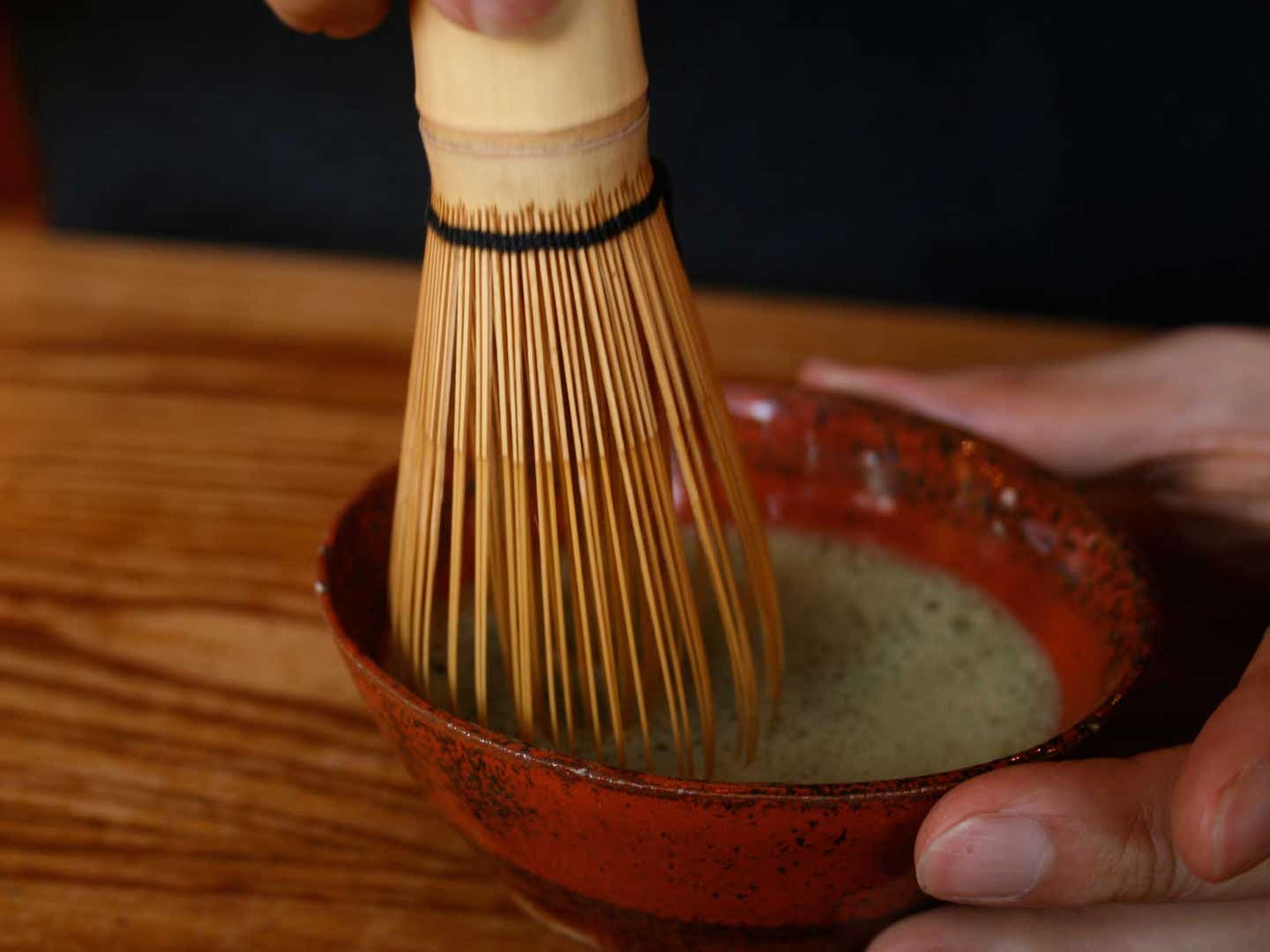
The Mesmerizing, Centuries-Old Process of Making Bamboo Matcha Whisks by Hand
Just some thousand-year-old technology at work, no upgrades needed
Matcha—powdered green tea whisked into a creamy, nutty, bittersweet froth—couldn't be hotter right now, so much so that purists are rising up against the legion novelty sweets it's been jammed into in the past few years (thanks, America). But considering powdered tea leaves have been a thing since the Song Dynasty, what's really impressive about matcha and its powdered cousins is how little has changed in the past thousand years. Travel back in time and you'll find essentially the same stone grinding technique as the modern example in the video above.
And if you keep watching (jump to 5:29), you'll realize that iconic bamboo whisk hasn't changed much either.
Have you ever wondered what goes into shaping that rod of bamboo into an 80-tine whisk that, for all our modern advances, we've had no reason to replace? This Japanese chasen-craftsman shows exactly what goes into the process. It's mesmerizing to watch, and more than a little mind boggling that, after all this painstaking work, the whisk retails for less than 20 bucks and, so this video argues, is only supposedly good for 10 uses.
First, the bamboo's tender inner flesh is removed to make the hollow tube more brittle. Then, using the natural grains of the wood, the maker splits it with a carbon steel knife into a series of matchstick-like spokes. From there the bamboo is whittled down even more—the sides scraped down to be as thin as paper, the spokes split into infinitesimally smaller tines—and with delicate flicks of the wrist, those tines are then curled into that iconic trapezoidal shape.
It's a manufacturing process that's stood the test of time. And so, fortunately, do the whisks. If you care for it right and air dry it thoroughly between uses, you can use your chasen until the the tines start to break down—a lot longer than ten bowls of matcha.
Thumbnail image: Akukka John Wigham
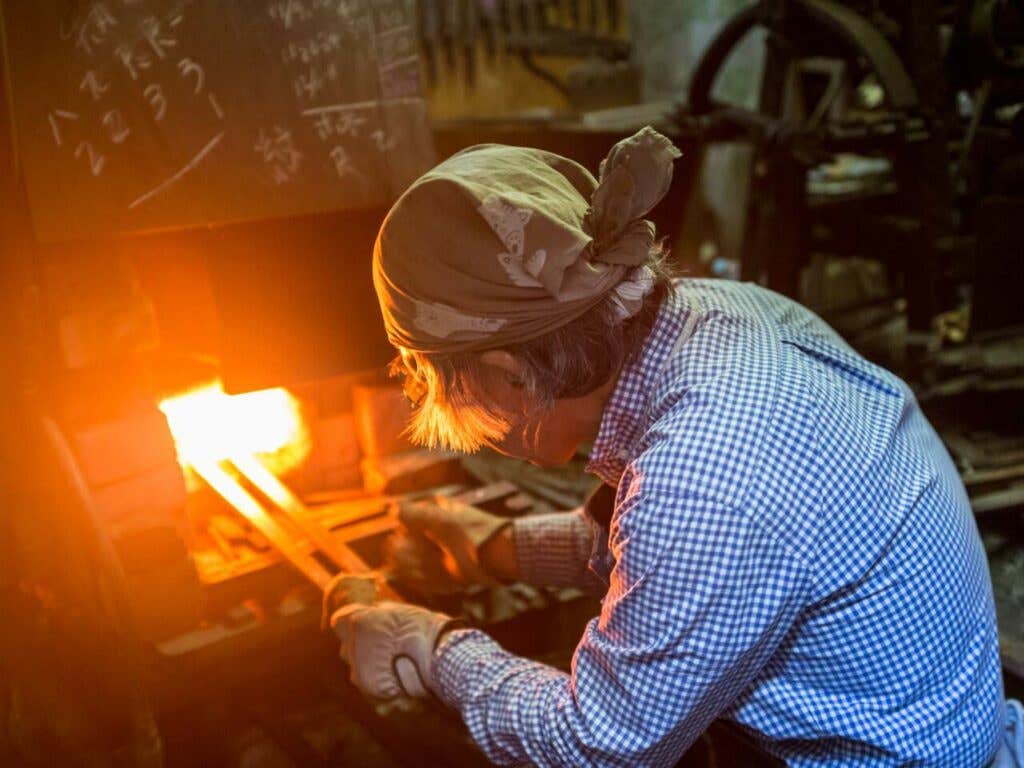
Keep Reading
Continue to Next Story
